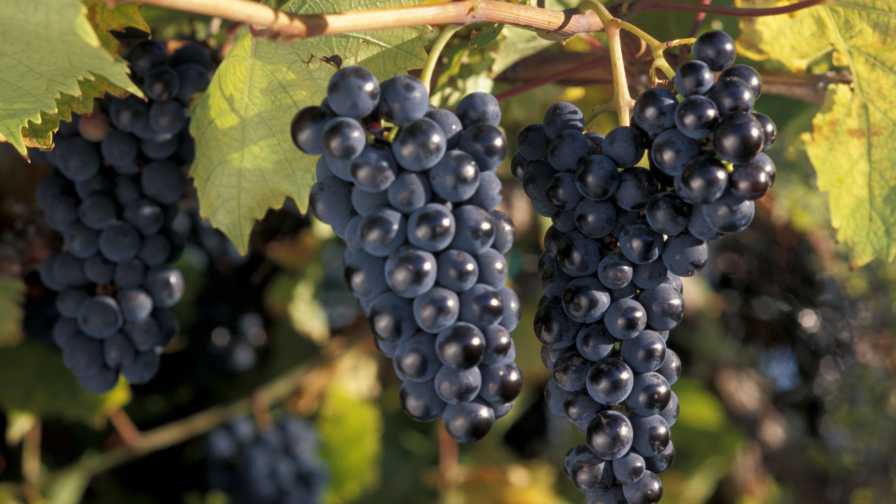Almond Growers Deal With Overplanting, Look for Silver Linings

Almond Board of California principals Richard Waycott and Alexi Rodriguez address attendees during the 2022 Almond Conference.
Photo by David Eddy
Almonds are overplanted in the U.S., which means California. A simple statement, and one few would argue, but such words were never uttered in the past at The Almond Conference, the annual industry meeting held this year Dec. 6-8 in Sacramento.
How overplanted? During one session on global almond production in which he noted the world supply was approaching 3 billion pounds, Damien Houlahan, Global Head of Almonds Business at Australia’s Olam Food Ingredients, said: “What we need is another almond milk, if we can find one.”
To which Richard Waycott, President and CEO of the Almond Board of California (ABC), responded simply: “Amen.”
The oversupply is due to overplanting, said Brian Ezell, Vice President at industry heavyweight The Wonderful Company.
“The reality is the industry is overplanted,” he said. “I’m sure the nurseries in here don’t want to hear that, but it’s reality.”
Most overplanting actually occurred between 2014 and 2020, as growers chasing record prices planted an average of more than 100,000 acres per year, 186% above what was considered normal. Then the industry got hit by a proverbial truck, with the COVID-19 pandemic, strong dollar, drought, and shipping fiasco radically cut demand.
At the official State of the Industry, hosted by Waycott and ABC Chair Alexi Rodriguez, Director of Operations at Campos Brothers Farms, Waycott noted that 2022 was the industry’s worst year in a long time – and the world at large wasn’t faring much better, what with the lingering pandemic and the war in Ukraine.
Waycott noted, though, that there were positive signs. In late November, Land IQ, a Sacramento-based agricultural and environmental scientific research and consulting firm, noted California’s almond acreage decreased for the first time in more than 25 years.
Total standing acreage as of Aug. 31 was estimated at 1.64 million acres, compared with 1.66 million acres at the same time in 2021. Bearing acres – orchards producing almonds and planted in 2019 or earlier – increased slightly to 1.34 million from 1.31 million last year. But non-bearing acres – new plantings going back to 2020 but not yet bearing almonds – dropped to 294,000 acres from 353,000 acres in 2021.
Removed orchards contributed to the drop in total acreage and continued a trend from 2021. Total orchard acreage removed was about 60,400 acres as of Aug. 31 this year compared with 56,900 removed acres in 2021.
Waycott, at the earlier hearing on the global outlook, said the California situation looks rather bleak now, but the state’s growers did ship more almonds in the past year than ever. More important, California growers have built an industry over the past few decades that is unparalleled. David Doll, a former University of California Cooperative Extension specialist who has worked in Portugal for the past few years, said after his experiences overseas he was more impressed with the California industry than ever.
“Remember that” he told grower-attendees as the session closed. “You have an infrastructure here found nowhere else in the world. You are 20 to 30 years ahead.”









